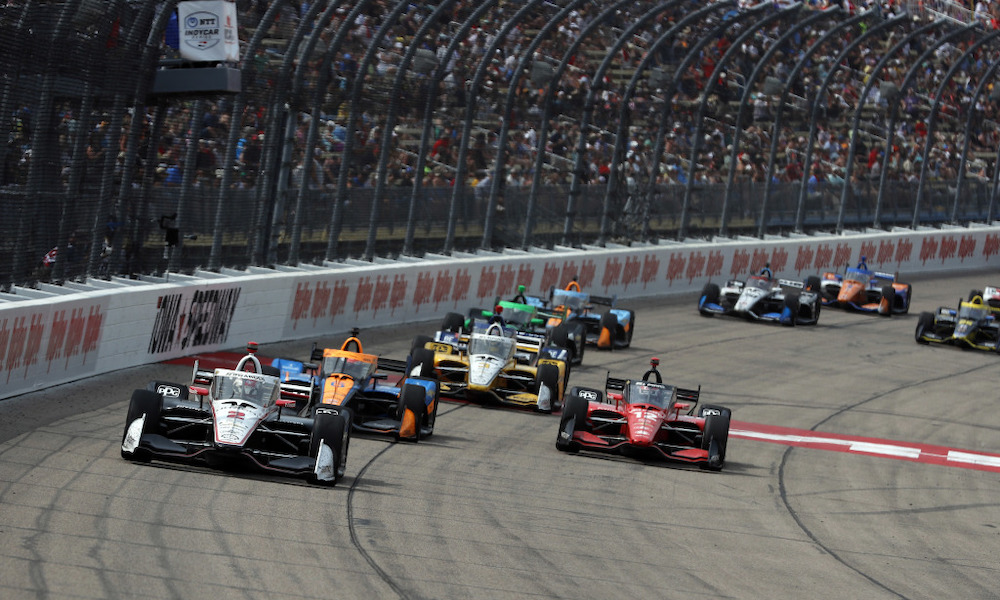
About the finish to Sunday’s Iowa IndyCar race…
The series’ race control team has come under fire from some who question why the last 10 laps of the 250-lap race weren’t treated in the same manner as May’s Indianapolis 500. On Sunday, Ryan Hunter-Reay slid out of the groove at Iowa Speedway and struck the wall with his No. 20 Ed Carpenter Racing Chevy before pitting and climbing from the damaged car.
Unlike the latter stages of the Indy 500, when three crashes resulted in three red flags being deployed to preserve green-flag laps as the various cleanups took place, IndyCar opted to use a caution flag for Hunter-Reay’s incident, using up laps 240-246 in the process and leaving four laps to settle things among the five drivers left on the lead lap.
IndyCar’s decision to use the Rule 7.1.3.6, which features the worst name I’ve heard for a rule — the ‘Abandonment of Procedures’ — certainly didn’t help sway public opinion in its favor as it elected to close pit lane and prevent the possibility for race leader Josef Newgarden or those in pursuit of the Team Penske driver from bolting on fresh tires and charging to the finish line with maximum grip.
And while I was fond of the decision to go yellow rather than red and appreciated the triggering of Rule 7.1.3.6. to preserve laps by skipping pit stops and the extra procedural time it would consume, it was worth asking IndyCar president Jay Frye to explain how the series arrived at its choices in race control.
“Our number one goal, and we state this every week in the drivers and team manager meetings, is to do everything we can to do a green flag finish within the posted distance of the race,” Frye told RACER. “Obviously, we have no overtime . We don’t do that. So we have two options – the abandonment of procedures, which means we don’t have to go through our procedure progression, and the other one is the red flag.
“Sometimes they’re independent of each other, and sometimes they can be concurrent. And the teams are very aware of that. They also are very onboard with our approach to giving the fans a green-flag finish if we’re able.”